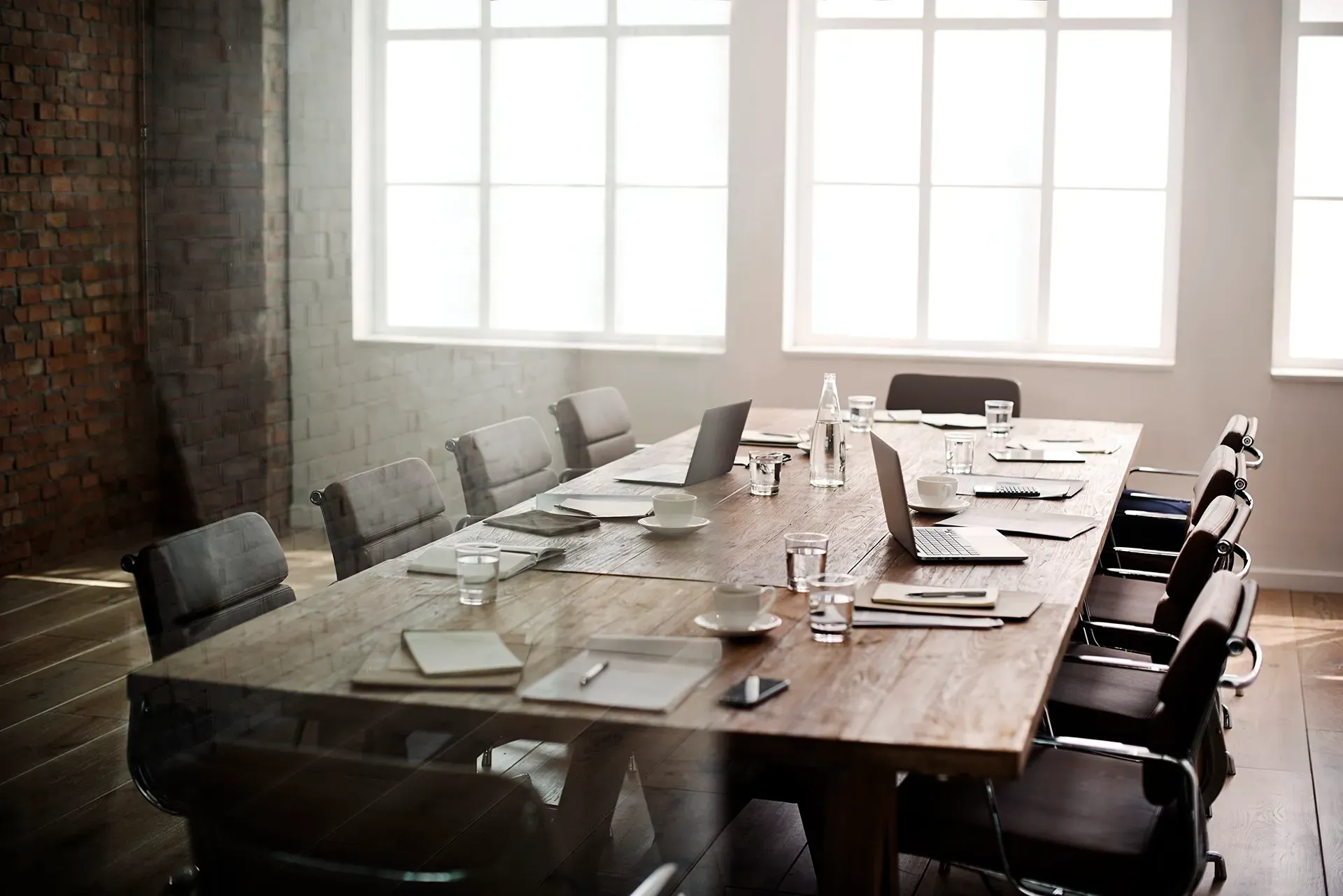Well, Well, Well. How healthy is your workplace?
Mention the words ‘workplace health’ and most people immediately think of OH&S, or perhaps executive health checks and pre-winter flu shots. Yet true workplace health goes far beyond just the physical safety of you and your team members. In fact, the World Health Organisation defines ‘health’ as a ‘complete state of physical, social and mental wellbeing.’
As more and more business are now discovering, this holistic concept of ‘wellness’ – physical, mental and emotional – can have a major impact on the performance of your team and, yes, your bottom line. It’s also something an increasing number of employees and candidates are demanding from employers.
How big is it? Well, a 2015 report in the Australian Financial Review suggested corporate wellness was already an $8 billion per year industry. Back in 2010 a Harvard study found more than $3 in savings were delivered to employers for every $1 spent. A more recent report from the respected not-for-profit research institute, RAND, estimated the figure closer to $1.50 – still a decidedly impressive 50% ROI.
What exactly is wellness?
Wellness in the workplace isn’t always easy to see, or measure. That’s because it’s typically the result of many factors that combined to influence modern workplaces. Things such as your top-down corporate culture, workplace flexibility, end-of-trip facilities and environmental issues such as air and light quality can all have a significant impact. Get the mix right, and you can look forward to everything from happier employees and higher productivity levels to lower staff turnover rates and fewer sick days.
Research commissioned by healthcare giant, Medibank Private, found ‘healthy’ workers were almost three times more productive than unhealthy counterparts and nine times less likely to have sick days. When you balance this with another study that found stress-related presenteeism and absenteeism are estimated to cost the Australian economy $14.8 billion every year, the argument becomes even more compelling.
Workplace wellness ratings.
Chances are you’re aware of energy rating programs like NABERS, or quality assurance systems such as ISO. Right now several bodies such as the US-based International WELL Building Institute™ are actively implementing evidence-based rating systems, specifically to measure, certify and monitor the performance of workplace features that impact the health and wellbeing of workers.
Macquarie Bank secured Australia’s first-ever WELL registration earlier in 2016 for its new premises at 50 Martin Place in Sydney. With numerous other corporate addresses having since joined them, and many more currently seeking certification, these ratings are poised to become an increasingly valuable tool for business leaders and candidates alike. This makes it vital to ensure your workplace stacks up.
Wellness audits.
Wellness isn’t just an issue for the top end of town. If affects businesses of all sizes and industries. Given no two workplaces or workforces are the same, it’s important to regularly consider the specific factors that impact most upon your employees – and initiate improvements where necessary. One relatively simple process may include conducting an annual wellness audit whereby you engage a cross-section of your team to help you identify both issues to be rectified and opportunities to make things better.
To discuss this, or any other issues relating to improving the performance of your employees, be sure to contact a recruitment and workplace specialist such as ELR Executive.


